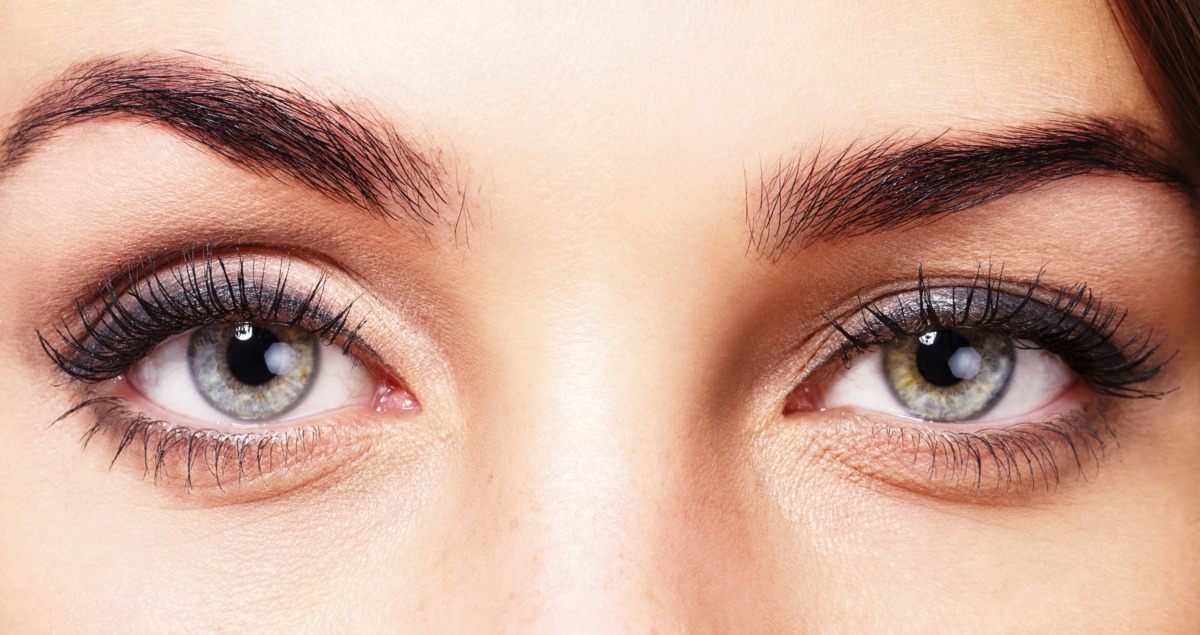Eyelid lift without surgery
Eyelid lift without surgery
Book Now
Eyelid lift without surgery
Eyelid lift without surgery
Eyelid Ptosis: Causes, Non-Surgical Treatments, and Solutions
Understanding Eyelid Ptosis
Eyelid ptosis, commonly referred to as droopy eyelids, can occur due to various factors. These include aging, which leads to the stretching of the eyelid's elevating muscle, injuries that can damage the nerves or muscles responsible for eyelid movement, and neurological disorders that affect muscle function. Additionally, some individuals may be born with ptosis due to hereditary factors. Overall, numerous causes can contribute to the development of eyelid droop, and the treatment options depend on the underlying cause.
Can Eyelid Ptosis Be Treated Without Surgery?
Yes, eyelid ptosis can be treated without surgical intervention. While surgery remains the most reliable and permanent solution for correcting droopy eyelids, several effective non-surgical methods have emerged. These methods include herbal treatments, as well as more advanced techniques such as:
- Plasma Jet Therapy (Plexr)
- Laser Treatments
- Botox Injections
- Dermal Fillers
- Thread Lifting
Non-Surgical Treatment Options
Thread Lifting for Eyelid Ptosis
Thread lifting is a minimally invasive technique where specialized threads are subtly inserted under the skin. This procedure lifts the skin and underlying muscles around the eyelids, effectively addressing the droopiness.
This treatment involves making very small incisions, taking less than an hour to complete. The threads used typically dissolve within 6 to 9 months. There are two approaches to this technique:
- Suspended Method: Threads are inserted into the eyelid area.
- Fixed Method: Threads run from the forehead to the eyelids.
While thread lifting may have a longer recovery period compared to other methods, it offers more lasting and reliable results.
Botox for Eyelid Ptosis
Botox, derived from the bacterium Clostridium botulinum, is a protein that can effectively reduce muscle tension in the eyelid area. By injecting a small amount of Botox into the eyelid muscles, the eyelid can be elevated naturally to some extent.
As a non-invasive treatment, Botox is injected precisely beneath the skin, where it temporarily relaxes the muscle, alleviating the drooping caused by muscle weakness. This procedure is quick and typically performed by a dermatologist or cosmetic specialist.
Patients are often advised to avoid touching the injected areas for several hours and to refrain from applying pressure to the treated region. The effects usually last for about 3 to 4 months, necessitating periodic treatments to maintain the desired appearance.
Dermal Fillers for Eyelid Ptosis
Dermal fillers, primarily composed of hyaluronic acid, are used to restore volume in the eyelid area. This gel-like substance is injected beneath the skin, effectively increasing the fullness of the eyelids and reducing the appearance of droopiness.
This method is particularly beneficial for individuals whose eyelid ptosis is due to a loss of fat beneath the skin. Like Botox, the filler injections are quick and performed by a qualified dermatologist, with results visible immediately after the procedure. The longevity of these fillers also contributes to their popularity.
Laser Treatments for Eyelid Ptosis
Laser treatment for eyelid ptosis involves the use of a laser device that emits controlled energy to the skin surrounding the eyes. This energy stimulates collagen production, which helps improve skin structure and elevate the eyelids.
This method is ideal for individuals with fine lines and wrinkles around the eyes, as well as loose skin. Laser treatment is non-invasive, meaning there are no incisions required, thereby minimizing the risk of post-procedural infection. Treatment sessions are brief, often lasting only a few minutes, and patients can resume normal activities immediately afterward with minimal downtime.
Plasma Jet Therapy (Plexr)
Plexr, or plasma jet therapy, is a cutting-edge approach to treating eyelid ptosis. This technique utilizes a small electric arc between the device's tip and the skin to generate plasma. The controlled arc causes the epidermis to sublimate, resulting in skin tightening in the treated area.
Plexr therapy is considered a non-surgical blepharoplasty alternative and produces significant results with fewer side effects compared to traditional surgery. The procedure involves creating tiny burns on the skin surface. As these burn sites heal, the new tissue forms tighter and firmer, effectively lifting the eyelids without the need for invasive surgery.
Conclusion
In summary, eyelid ptosis can arise from various factors, but effective non-surgical treatments are available. While surgical intervention is a permanent solution, non-invasive options like thread lifting, Botox, dermal fillers, laser treatments, and plasma jet therapy provide reliable and effective alternatives. These treatments can enhance the appearance of the eyes, restoring a youthful look without the risks associated with surgery. Consulting a qualified dermatologist or cosmetic specialist can help determine the most suitable approach based on individual needs and conditions
Make an Appointment
The best way to enjoy a treatment at our salon is to book an appointment with the desired esthetician. Fill in the form below and we will contact you to discuss your appointment.